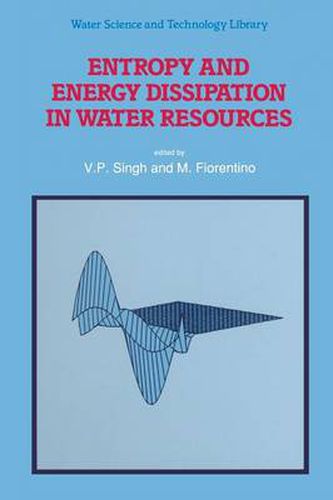Readings Newsletter
Become a Readings Member to make your shopping experience even easier.
Sign in or sign up for free!
You’re not far away from qualifying for FREE standard shipping within Australia
You’ve qualified for FREE standard shipping within Australia
The cart is loading…






This title is printed to order. This book may have been self-published. If so, we cannot guarantee the quality of the content. In the main most books will have gone through the editing process however some may not. We therefore suggest that you be aware of this before ordering this book. If in doubt check either the author or publisher’s details as we are unable to accept any returns unless they are faulty. Please contact us if you have any questions.
Since the landmark contributions of C. E. Shannon in 1948, and those of E. T. Jaynes about a decade later, applications of the concept of entropy and the principle of maximum entropy have proliterated in science and engineering. Recent years have witnessed a broad range of new and exciting developments in hydrology and water resources using the entropy concept. These have encompassed innovative methods for hydrologic network design, transfer of information, flow forecasting, reliability assessment for water distribution systems, parameter estimation, derivation of probability distributions, drainage-network analysis, sediment yield modeling and pollutant loading, bridge-scour analysis, construction of velocity profiles, comparative evaluation of hydrologic models, and so on. Some of these methods hold great promise for advancement of engineering practice, permitting rational alternatives to conventional approaches. On the other hand, the concepts of energy and energy dissipation are being increasingly applied to a wide spectrum of problems in environmental and water resources. Both entropy and energy dissipation have their origin in thermodynamics, and are related concepts. Yet, many of the developments using entropy seem to be based entirely on statistical interpretation and have seemingly little physical content. For example, most of the entropy-related developments and applications in water resources have been based on the information-theoretic interpretation of entropy. We believe if the power of the entropy concept is to be fully realized, then its physical basis has to be established.
$9.00 standard shipping within Australia
FREE standard shipping within Australia for orders over $100.00
Express & International shipping calculated at checkout
This title is printed to order. This book may have been self-published. If so, we cannot guarantee the quality of the content. In the main most books will have gone through the editing process however some may not. We therefore suggest that you be aware of this before ordering this book. If in doubt check either the author or publisher’s details as we are unable to accept any returns unless they are faulty. Please contact us if you have any questions.
Since the landmark contributions of C. E. Shannon in 1948, and those of E. T. Jaynes about a decade later, applications of the concept of entropy and the principle of maximum entropy have proliterated in science and engineering. Recent years have witnessed a broad range of new and exciting developments in hydrology and water resources using the entropy concept. These have encompassed innovative methods for hydrologic network design, transfer of information, flow forecasting, reliability assessment for water distribution systems, parameter estimation, derivation of probability distributions, drainage-network analysis, sediment yield modeling and pollutant loading, bridge-scour analysis, construction of velocity profiles, comparative evaluation of hydrologic models, and so on. Some of these methods hold great promise for advancement of engineering practice, permitting rational alternatives to conventional approaches. On the other hand, the concepts of energy and energy dissipation are being increasingly applied to a wide spectrum of problems in environmental and water resources. Both entropy and energy dissipation have their origin in thermodynamics, and are related concepts. Yet, many of the developments using entropy seem to be based entirely on statistical interpretation and have seemingly little physical content. For example, most of the entropy-related developments and applications in water resources have been based on the information-theoretic interpretation of entropy. We believe if the power of the entropy concept is to be fully realized, then its physical basis has to be established.